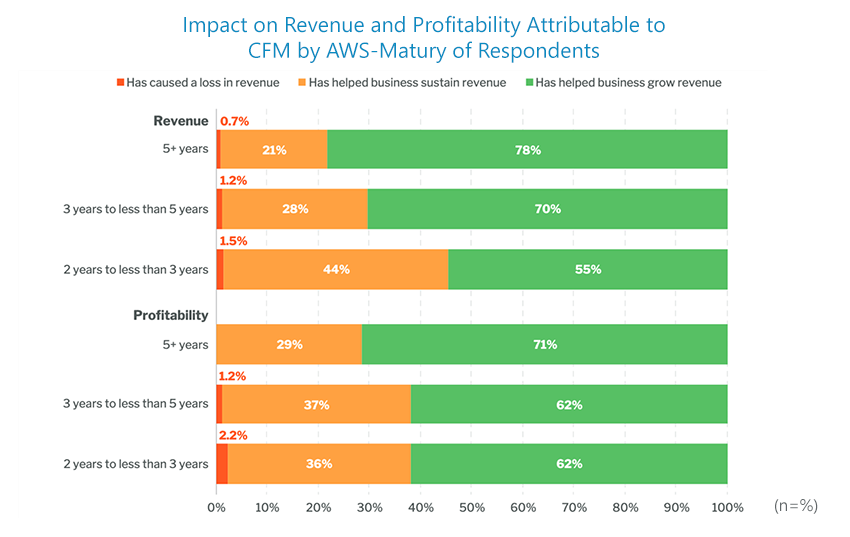
With the wholesale migration of business applications to the cloud, providers are seeking ways to differentiate their offerings from their competitors. With over two million individual offerings from AWS, Google, Microsoft, IBM and Alibaba alone – most available for purchase simply with the click of a button and inputting a credit card number – it can be challenging to choose the best option.
Enter the Solution: CFM
Cloud Financial Management (CFM) is a blanket concept that utilizes tools, processes and practices in order to manage, optimize and plan future cloud costs. This is done regardless of cloud service provider, allowing organizations to innovate and scale to deliver additional business value. The aim of CFM isn’t just to cut costs, but rather to let business objectives be met without unnecessary expense.
How CFM Tools Can Maximize Business Operations
CFM tools allow organizations to implement cloud services that can allocate and track budgets, forecast and optimize future resource requirements, implement governance and controls, and automate the use of cost-cutting pricing models such as reserved and spot instances. CFM processes and practices define how, when and by whom these tools are used to maximize effectiveness.
In short, the aim of CFM is to meld tools with business processes and the culture to enable flexibility while keeping costs low. But does it work?
Benefits Can Continue to Improve with Maturity
According to 451 Alliance survey data, CFM is delivering advantages in terms of overall cost reduction from the respondents. Interestingly, the more ‘cloud mature’ the organization, the greater the savings. Organizations that have used AWS for more than five years attribute a 60% savings on costs as a direct result of implementing CFM, while those using AWS for two to three years report a 51% cost savings.
In a similar trend, 78% of organizations with five years of AWS under their belts claim improvements in revenue as a result of CFM, as opposed to 55% of those with two to three years’ experience. For profitability, this difference is large too: 71% vs. 62%. Overall, organizations that are more cloud mature are expected to use an abundance of CFM tools at a more regular pace.

CFM is Driving More Than Just Cost Savings
Implementing CFM allows developers and IT managers to focus their work on delivering business outcomes and value, without being overburdened with worries about spiraling costs.
New capabilities that are readily accessible can add value to the applications coded by developers, who are spared on cost assessments or approvals with the help of CFM tools. Of course, it is wise to have governance processes and policies in place, but a balance is ideal. CFM aids this balance by allowing the organization to continuously innovate, while expenditure is controlled and optimized.
With developers moving forward with less bureaucracy, and focused on value rather than cost, bottom-line growth is easier to achieve. On top of that, the freedom to concentrate on innovation also drives top-line revenue – the CIO can focus on taking new opportunities faster, without being held back by cost concerns.
While it’s early still for CFM, there are signs that this technology can make a meaningful difference to organizations’ finances. As cloud adoption increases – and cloud options continue to proliferate – effectively managing and controlling costs will become increasingly important.
Want insights on cloud computing trends delivered to your inbox? Join the 451 Alliance.

